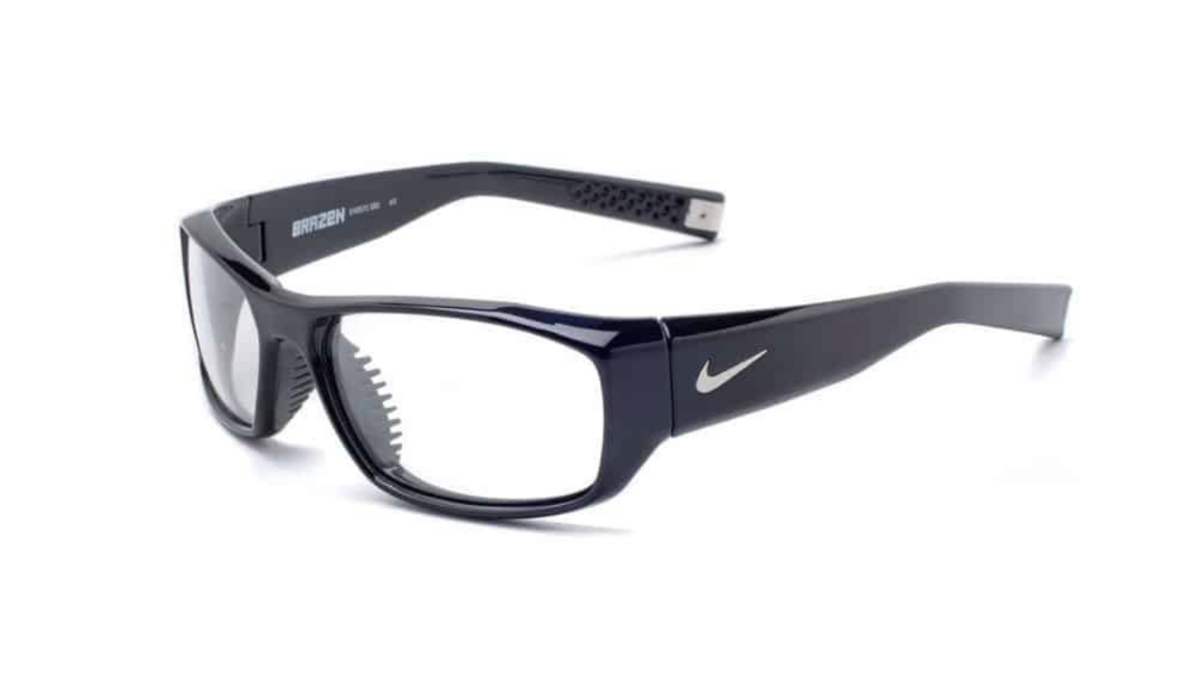
Medical imaging professionals play a vital role in healthcare, using technology like x-rays, CT scans, and fluoroscopy to see inside patients’ bodies and help diagnose conditions. But all that radiation exposure can take its toll if proper precautions aren’t taken. That’s where lead glasses come into play.
The proper glasses for imaging professionals are designed to block over 90% of radiation while still allowing for clear sight. All the radiation exposure from imaging equipment can take a nasty toll if proper precautions aren’t taken over the course of a career. Eyes, in particular, take a hit, with the risk of strained vision, cataracts, and even blindness for those unprotected.
Table of Contents
Seeing Without Suffering
Without protective eyewear, the eyes are especially vulnerable to radiation from medical imaging equipment. Lead glasses are specially designed to shield the eyes from radiation while still allowing medical imaging techs to see what they’re doing. They contain lead laminate or sheet lead sandwiched between layers of glass or plastic. This blocks much of the radiation to keep eyes safe, reducing exposure by up to 95% in some cases.
Feeling the Difference
Medical imaging professionals say lead glasses make a huge impact in terms of eye comfort when working long shifts around radiation equipment. Tired, strained eyes become less of an issue. Techs can examine images more easily and for longer without the eye fatigue or headaches that can come from excessive radiation exposure.
They also have peace of mind knowing they are protected against possible long-term health effects. This makes the daily grind of medical imaging much more sustainable over the course of a career.
Not Just Glasses
While lead glasses may be the most popular radiation protection accessory for medical imaging professionals, some take precautions even further. Protective eyewear is just one layer to block exposure to harmful rays.
Full-face shields made of leaded plastic provide an additional barrier to shield not just the eyes but also the entire face. Some shields are worn like glasses, while others are attached to protective hats or hoods. This prevents radiation from bouncing underneath or around a pair of lead glasses to expose skin.
Hanging lead barriers are also common around imaging stations. These floor-to-ceiling shields block scattered radiation from reaching techs who may need to stand near equipment during procedures. The barriers diffuse radiation and prevent “leakage” of stray rays.
Some medical imaging professionals even wear radiation-protective aprons, gloves, and thyroid shields around certain equipment, taking the philosophy of “there’s no such thing as too much protection” to heart.
The goal of all these layers is the same: to minimize exposure, however possible, via shielding or increasing distance from radiation sources. Safety protocols aim to avoid techs absorbing stray rays, especially over long durations. The work medical imaging pros do is heroic, but no need for them to suffer for their dedication to healing others. Layers of protection help them complete their vital tasks sans harm.
The Goal: Safety For All
Doctors have a directive to “do no harm” to their patients. The same ethic applies to making sure medical imaging technicians stay safe on the job. Lead glasses and other protection measures make it less likely they’ll end up harmed by the very radiation they work with day in and out, healing others.
So next time you require an x-ray or CT scan, spare a thought for the medical imaging pro behind the scenes putting themself at risk to diagnose your condition. We owe them thanks – and properly protective eyewear – for watching over the health of everyone else.